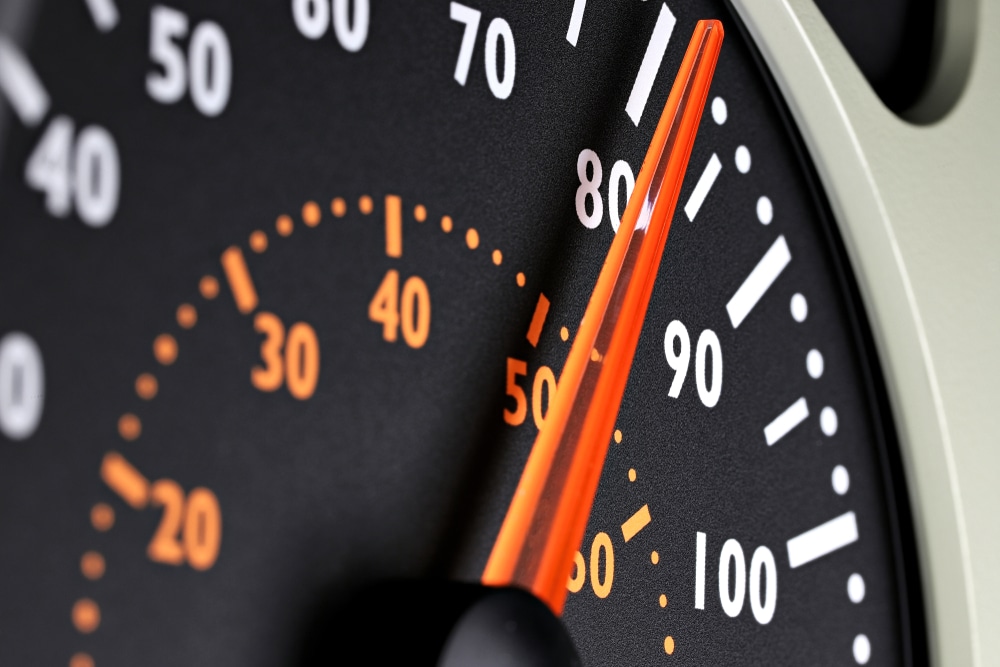The risks of speeding while driving are extreme. Not only does speeding make it difficult to stop in time for an obstacle or hazard, but it places you dangerously close to your fellow drivers. Because of this, speeding is one of the top predictors of car accidents – responsible for 26% of all fatal crashes in the U.S. in 2017.
If you’re one of the many Florida motorists looking for ways to avoid an accident, you’ll be happy to know the answer may be as simple as decreasing your speed.
Speeding: a Known Risk Factor for Car Accidents
There’s no way around it: speeding contributes to hundreds of deaths, injuries, and preventable accidents each year. And for a good reason: speeding decreases the amount of time for a driver to respond to a hazard. It also makes the vehicle less maneuverable and reduces braking distance. And those risk factors only increase as a driver pushes the speedometer to new heights. According to a resource called iDriveSafely:
- Drivers going 70 MPH are 8x more likely to be in an accident with injuries.
- Drivers going 75 MPH are 32x more likely to be in an accident with injuries.
- And drivers going 85 MPH are a massive 128x more likely to be in an accident with injuries.
And for all that additional risk, drivers who speed aren’t even saving themselves much time. On average, speeding only allows a driver to get to their target destination a few minutes faster.
How to Avoid Accidents
Nobody wants to get injured in a car accident. Luckily, you can reduce your risk (and the risk that you’ll harm someone else) with a few simple tips:
- Focus on being “reasonable and prudent.” Before many states had speed limits, they had “reasonable and prudent” laws. Under these laws, it was up to drivers to decide what was safe and reasonable for a given road and set of weather conditions. While modern drivers need to obey posted speed limits, we must also make good decisions. For example, just because a speed limit says 65 MPH, that doesn’t mean it’s wise to drive 65 MPH on a wet, winding road with limited visibility. Adapt your driving speed to the conditions.
- Practice defensive driving. Defensive driving is the practice of identifying hazards before they become a problem. Defensive drivers are hyper-aware of their surroundings, and they do their part to protect themselves and their fellow motorists.
- Obey traffic laws. Simple things, like using the right-hand lane unless you’re passing, are essential for safety. So is checking both your rear- and side-view mirrors before you merge and understanding how to navigate uncontrolled intersections. Even better, these things will help keep you safe and accident-free.
Stop Speeding – Decrease Your Risk of Car Accidents
Speeding is a dangerous practice on the road. Fortunately, you can make car accidents less likely by slowing down. If something unfortunate does happen and you suffer an injury behind the wheel, Ward & Barnes is your trusted personal injury attorney here to represent you. Contact us today to learn more.

